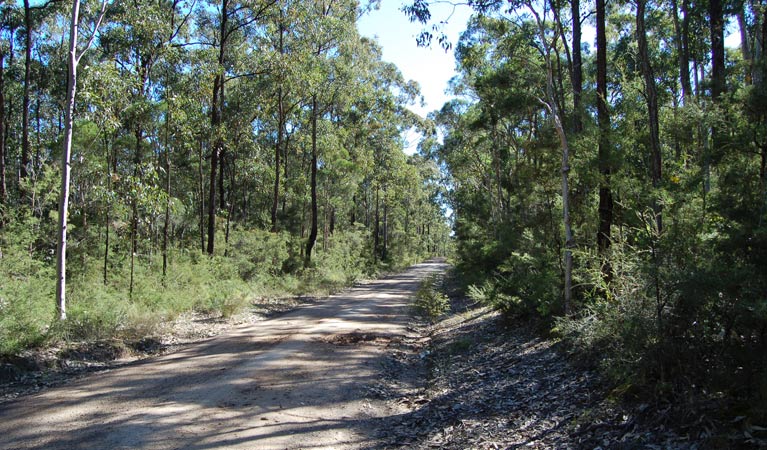Discover: Werakata National Park
- For all visitors and locals, bush walkers, bird watchers, photographers, artists, nature enthusiasts and conservationists
- No charges apply – parking available at various entries, poor to no facilities
The Werakata National Park is 3,337 hectares in size and is located north, east and south of Cessnock in fragmented pockets, all within the Hunter Valley Important Bird Area [sites of global bird conservation importance]. https://en.wikipedia.org/wiki/Hunter_Valley_Important_Bird_Area
Conservation is a vital aspect of this national park.
Most walking tracks are fire trails and there are many entrances around the perimeters.
Birds: The abundance of the endangered ecological community of the Lower Hunter Ironbark and Spotted Gum, which flowers in winter, attracts the critically endangered Swift Parrot and Regent Honeyeater. The trees’ blooms are an important winter food source for the birds and the park becomes a winter breeding ground. But there is a lot of birdlife all year round: Powerful owls, masked owls, various robins, honeyeaters, lorikeets, speckled warblers, black-chinned honeyeaters, grey-crowned babblers, cockatoos, magpies and kookaburras.


Flora: This Dry Sclerophyll Forest has some special and endangered plants within the 400 species found here. It is a forest community which has been heavily influenced by 170 years of logging activities, but also one which has shown resilience to this and of fire. Spring wildflowers include the purple happy wanderer, yellow hairpin banksia and red mountain devil, ground orchids and thyme honey myrtle. The Kurri sand swamp woodland and Hunter lowlands red gum forest are home to endangered ecological communities. https://www.werakata.org.au/SGI.html
Fauna: Over 200 native animal species have been recorded in the park and surrounds such as tree-dwellers like gliders, possums and bats at night, wallabies, and the common scaly-foot and Burton’s snake lizard.https://www.nationalparks.nsw.gov.au/visit-a-park/parks/werakata-national-park
Deadmans mountain bike loop is an easy 8km cycle from Astills picnic grounds in a return loop.
#aroundhermitage #huntervalley #discoverhuntervalley
Author: Robyn and Alan Woolley, Valley View Cottage
©Around Hermitage Association

